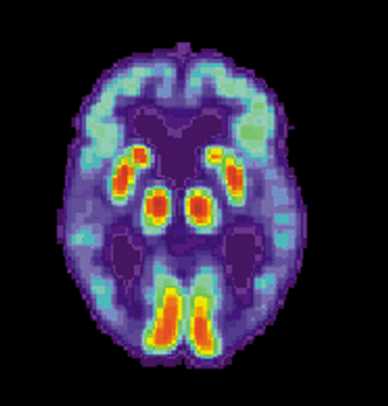chloramphenicol drops

Recent research demonstrates that protein phase separation (PPS) is widely present in cells and drives a variety of important biological functions. Protein phase separation at the wrong place or time could create clogs or aggregates of molecules linked to neurodegenerative diseases like Alzheimer’s and Parkinson’s, and poorly formed cellular condensates could contribute to cancers and might help explain the aging process.
Given the emerging association between human disease and the PPS process, scientists have been looking for ways to identify potential targets for therapeutic interventions based on PPS regulation. Insilico Medicine, a clinical-stage generative artificial intelligence (AI)-driven drug discovery company, and University of Cambridge have jointly published a paper in Proceedings of the National Academy of Sciences (PNAS), presenting an approach to identify therapeutic targets for human diseases associated with PPS. It represents a significant research milestone in their collaboration, glucotrol n launched in September 2021.
In this study, researchers combined Insilico’s proprietary artificial intelligence (AI)-driven target identification engine PandaOmics with the FuzDrop method for predicting protein separation to identify PPS-prone disease-associated proteins. PandaOmics integrates multiple omics and text-based AI bioinformatics models to assess the potential of proteins as therapeutic targets. The FuzDrop is a pioneering tool introduced by Prof. Michele Vendruscolo’s group at the University of Cambridge, which calculates the propensity of a protein to undergo spontaneous phase separation, aiding in the identification of proteins prone to forming liquid-liquid phase-separated condensates.
“It has been challenging so far to understand the role of protein phase separation in cellular functions,” said Prof. Michele Vendruscolo, Co-Director, Centre for Misfolding Diseases, Yusuf Hamied Department of Chemistry, University of Cambridge, and lead author on the paper.
“Even more difficult has been to clarify the exact nature of its association with human disease. By working with Insilico Medicine, we have developed a multi-omic approach to systematically address this problem and identify a variety of possible targets for therapeutic intervention. We have thus provided a roadmap for researchers to navigate this complex terrain.”
Using this approach, the researchers conducted a large-scale multi-omic study of human sample data, quantified the relative impact of PPS in regulating various pathological processes associated with human disease, prioritized candidates with high PandaOmics and FuzDrop scores, and generated a list of possible therapeutic targets for human diseases linked with PPS.
Researchers validated the differential phase separation behaviors of three predicted Alzheimer’s disease targets (MARCKS, CAMKK2 and p62) in two cell models of Alzheimer’s disease, which provides experimental validation for the involvement of these predicted targets in Alzheimer’s disease and supports their potential as therapeutic targets. By modulating the formation and behavior of these condensates, it may be possible to develop novel interventions to mitigate the pathological processes associated with Alzheimer’s disease.
“We are pleased to reach this milestone in our collaboration with the University of Cambridge,” said Frank Pun, Ph.D., head of Insilico Medicine Hong Kong, and co-author of the paper. “The study is intended to provide initial directions for targeting PPS-prone disease-associated proteins. With ongoing technical advancements in studying the PPS process, coupled with growing data about its roles in both cellular function and dysfunction, it is now possible to comprehend the causal relationship between PPS targets and diseases. We anticipate facilitating the translation of this preclinical research into novel therapeutic interventions in the near future.”
More information:
Lim, Christine M. et al, Multiomic prediction of therapeutic targets for human diseases associated with protein phase separation, Proceedings of the National Academy of Sciences (2023). DOI: 10.1073/pnas.2300215120. doi.org/10.1073/pnas.2300215120
Journal information:
Proceedings of the National Academy of Sciences
Source: Read Full Article
